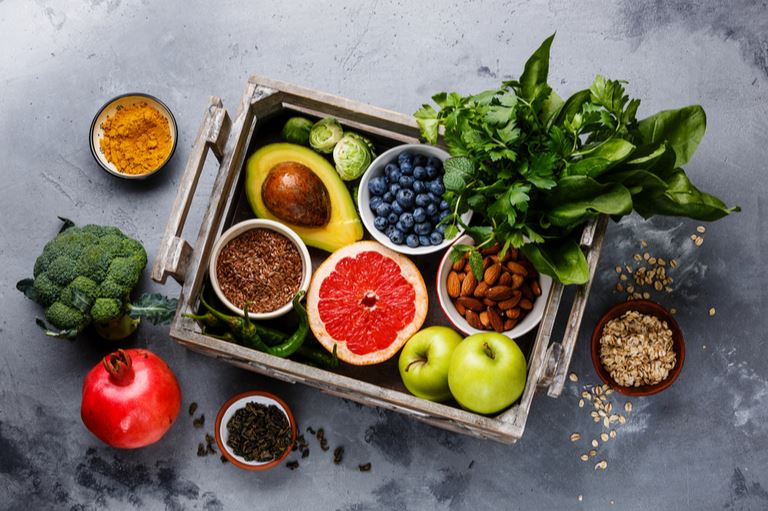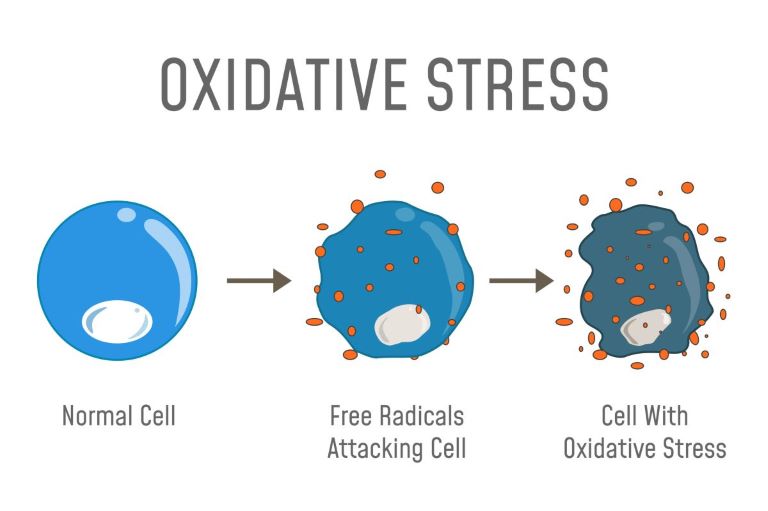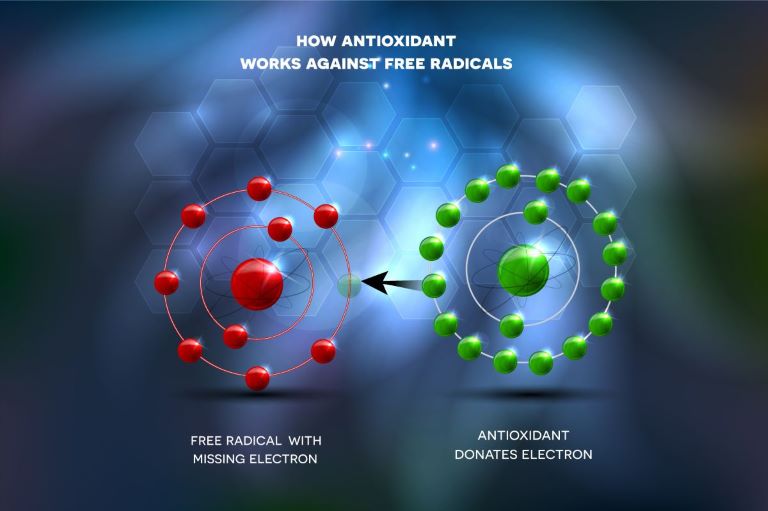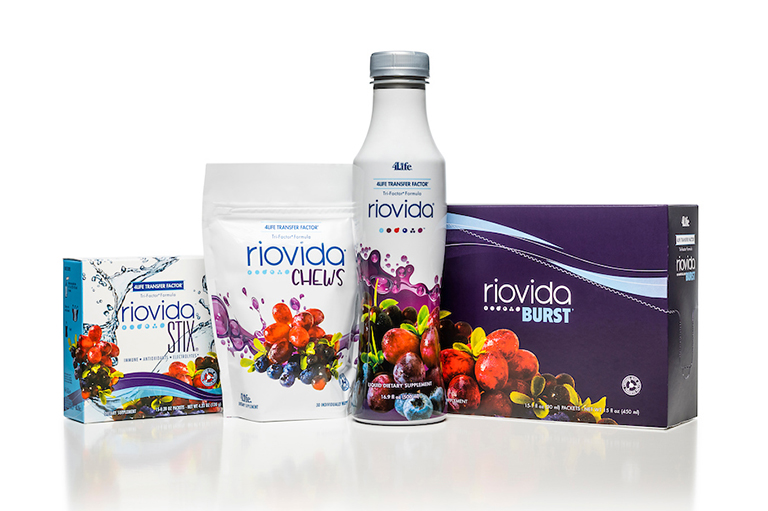Are you sure you want to leave 's MyShop site?
Are you sure you want to leave 's MyShop site?
Are you sure you want to leave 's MyShop site?
Are you sure you want to leave 's MyShop site?

In today’s world, it seems like everyone deals with some amount of stress. Here’s the good news: Stress can be beneficial. Mentally, it provides motivation to do your best work in a timely fashion. Physically, stress helps release chemicals that keep you focused, energetic, and alert. Stress also signals to your body that it’s time to turn on repair mechanisms that promote healing.
But . . . Here’s the bad news: Too much of a good thing can turn into a bad thing, and stress is no exception. High stress loads challenge your body’s ability to function optimally because prolonged stress leads to unstable conditions inside your body.
Initially, this imbalance can go unnoticed. However, the disruption to your body’s internal environment wears on your cells and eventually, interrupts their ability to function normally. Cell malfunction leads to a disruption of entire body systems and when this happens, the imbalance becomes apparent as it starts to affect your ability to look and feel your best.
Think of it this way: Your body is a machine and though it’s pretty amazing, it eventually wears out from repeated use. In addition to becoming “naturally” weathered (i.e., aging), exposure to certain environmental and lifestyle factors can wear out your cells even faster (i.e., stress).
There are also internal disruptors that threaten the health of your cells. The very process of making the energy you need to survive creates harmful molecules that can damage your cells.
With so many destructive forces against you, along with the natural deterioration process, it might seem like trying to maintain lifelong health is an impossible feat. But it’s not! There are things you can do to keep your cells functioning at their best so you can maintain your health for years to come.
One way to support your health is to minimize oxidative stress, a major culprit of cellular damage.
Studies on stress and the body have shown factors like pollution, sunlight, emotional stress, and metabolism impact your cells.
Destructive influences, like those mentioned above, place stress on your body by increasing your cells’ exposure to free radicals. While your body actually needs free radicals in small amounts, having too many can be disruptive.
Once the production of free radicals exceeds your body’s ability to counteract their potentially damaging effects, a state of imbalance is reached. This is called oxidative stress and it’s believed to be one of the major culprits behind the deterioration of cellular health.
Therefore, keeping your exposure to sources of free radicals to a minimum and boosting your internal defense system can help maintain healthy cells. And the healthier your cells are, the more likely you are to look and feel your best.

As noted above, minimizing oxidative stress is imperative to your health as it prevents the buildup of unwanted free radicals in your body. Oxidative stress stems from exposure to certain environmental and lifestyle factors, so adopting healthy habits can be a good way to protect yourself from potentially harmful free radicals.
These healthy habits include eating a balanced diet, getting quality sleep, exercising regularly, using sunscreen, avoiding smoking, and managing stress levels. A healthy diet is especially important when it comes to reducing oxidative stress because nutrients found in food provide your body with antioxidants. These are compounds that work to protect your body from the damaging effects of free radicals.
Antioxidants can actually be found in your body and the foods you eat. Those found in your body are called antioxidant enzymes; these are proteins, made by your body, that can bind to free radicals and prevent them from doing harm. They are reusable and as such, can protect against a large number of free radicals.

Antioxidants found in foods are called dietary antioxidants; these are molecules that act in the same way as antioxidant enzymes but are not reusable. Thus, the antioxidant enzymes that are part of your internal defense system are more powerful, but those that come from your diet are no less important. To build a strong inner defense system, include both sources of antioxidants.
One simple way to boost antioxidant levels in your body is by adding more color to your diet. Colorful foods contain a variety of nutrients that act as antioxidants directly or can trigger the production of antioxidant enzymes. Below is a list of antioxidant-rich foods and ways to include them in your diet.
Staying healthy doesn’t have to be hard. Just try your best to keep stress levels low by implementing the healthy living practices mentioned above, especially the practice of eating a balanced diet. And on those days when healthy eating just isn’t a reality, add in an antioxidant-rich supplement, like 4Life’s RioVida®.*

RioVida® is an antioxidant liquid dietary supplement with 4Life Transfer Factor®. It contains an antioxidant blend from apples, grapes, acai, blueberries, pomegranate, and elderberry, and is fortified with vitamin C.*
You are trying to view a MyShop page. Please log out in order to view this website.